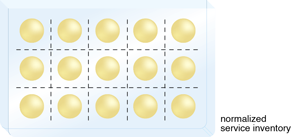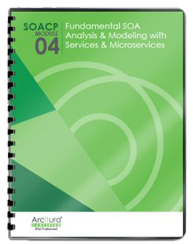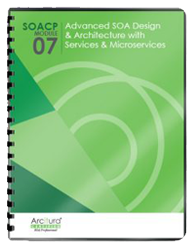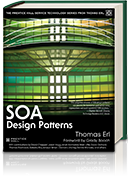SOA Patterns > Foundational Inventory Patterns > Service Normalization
Service Normalization (Erl)
How can a service inventory avoid redundant service logic?

Problem
When delivering services as part of a service inventory, there is a constant risk that services will be created with overlapping functional boundaries, making it difficult to enable wide-spread reuse.
Solution
The service inventory needs to be designed with an emphasis on service boundary alignment.
Application
Functional service boundaries are modeled as part of a formal analysis process and persist throughout inventory design and governance.
Impacts
Ensuring that service boundaries are and remain well-aligned introduces extra up-front analysis and on-going governance effort.
Principles
Architecture
Inventory, Service
 When services are delivered with complementary and well-aligned boundaries, normalization across the inventory is attained. Note also how the quantity of required services is reduced.
When services are delivered with complementary and well-aligned boundaries, normalization across the inventory is attained. Note also how the quantity of required services is reduced.
Related Patterns in This Catalog
Capability Composition, Contract Centralization, Contract Denormalization, Domain Inventory, Enterprise Inventory, Entity Abstraction, Inventory Endpoint, Logic Centralization, Metadata Centralization, Policy Centralization, Process Abstraction, Proxy Capability, Schema Centralization, Service Decomposition, Service Refactoring, Utility Abstraction
Related Service-Oriented Computing Goals
Increased Federation, Increased ROI, Reduced IT Burden
Related Publications
This pattern is covered in SOACP Module 4: Fundamental SOA Analysis & Modeling with Services & Microservices.
For more information regarding the SOA Certified Pofessional (SOACP) curriculum,
visit www.arcitura.com/soa.
This pattern is covered in SOACP Module 7: Advanced SOA Design & Architecture with Services & Microservices.
For more information regarding the SOA Certified Pofessional (SOACP) curriculum,
visit www.arcitura.com/soa.
This page contains excerpts from:
SOA Design Patterns by Thomas Erl
(ISBN: 0136135161, Hardcover, Full-Color, 400+ Illustrations, 865 pages)
For more information about this book, visit www.arcitura.com/books.


